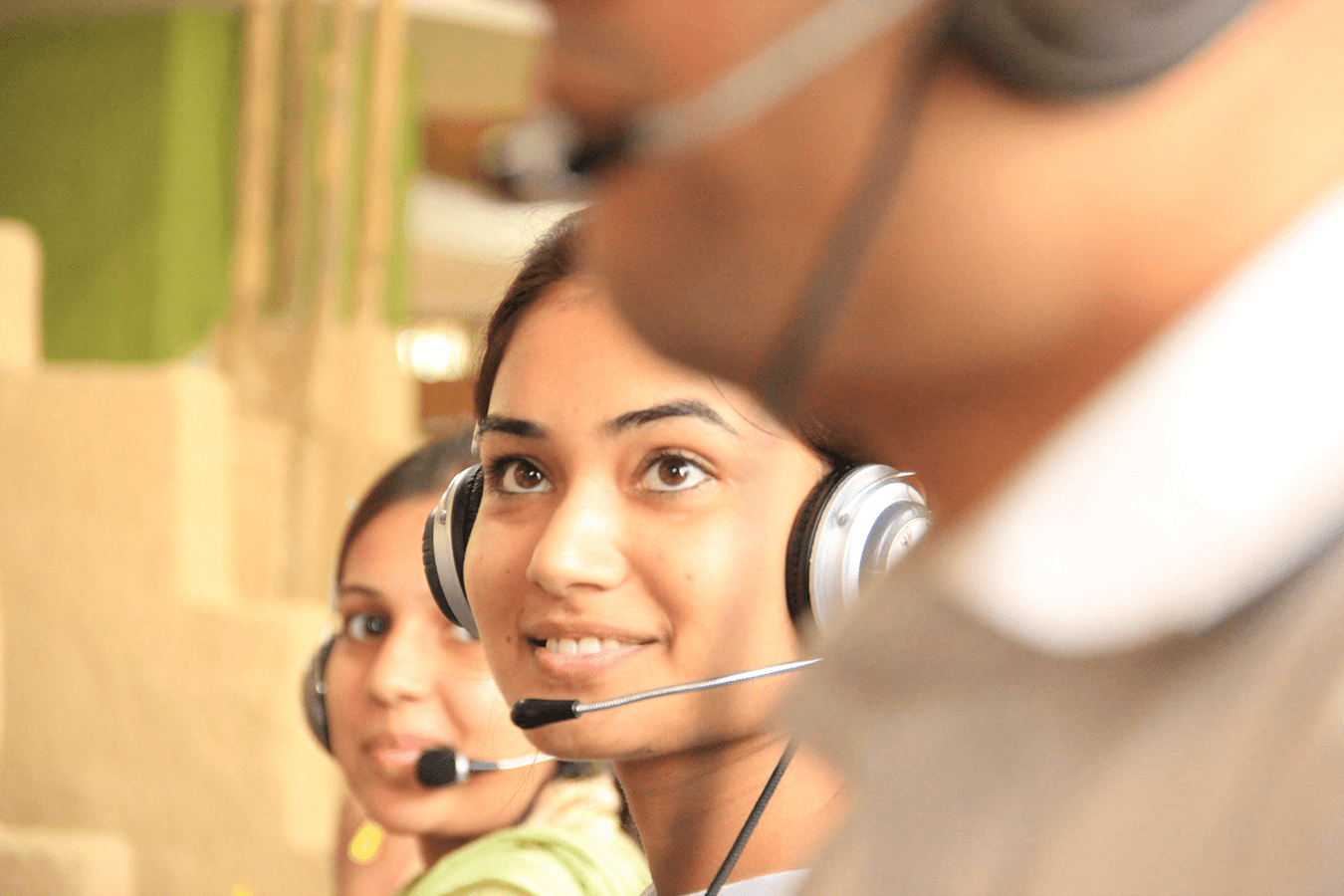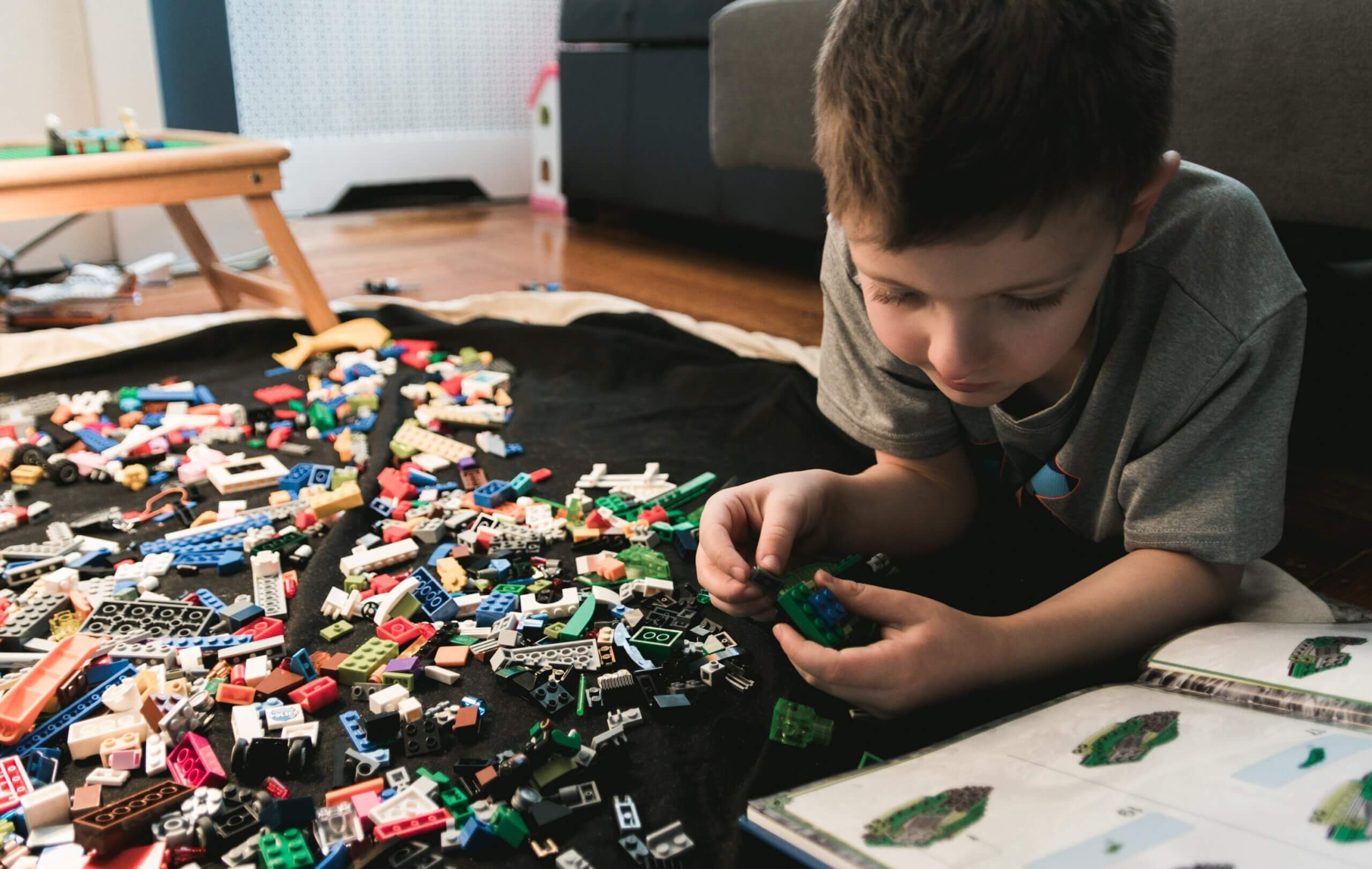 Many thanks to guest blogger Becky R. Schoenfeld for this great write-up of my session at Association Media & Publishing’s 2015 Annual Meeting. Becky is managing editor of QST, the monthly membership journal for ARRL, the national association for amateur radio. And thanks to Association Media & Publishing for permission to reprint this post.
Many thanks to guest blogger Becky R. Schoenfeld for this great write-up of my session at Association Media & Publishing’s 2015 Annual Meeting. Becky is managing editor of QST, the monthly membership journal for ARRL, the national association for amateur radio. And thanks to Association Media & Publishing for permission to reprint this post.
Attendees at Leslie O’Flahavan’s 2015 Association Media & Publishing Annual Meeting session, “How Web Design Trends are Changing the Way We Write Content,” received … real-world examples of good and bad online copy, as well as exercises to improve your own web content. Her aim was to help us answer the question, “How has design changed, and how must we change the way we write?”
O’Flahavan, who founded E-WRITE in 1996, pointed out that certain basic principles for writing for the web have not changed over the years; we just implement them differently. As a review, some of these time-honored principles include:
- Don’t use hypertext links that say “click here.”
- Write message-oriented headings that give readers an idea of what the article is about.
- Write “a bite, a snack, and a meal” — a phrase O’Flahavan coined to describe different amounts of content for different readers. A bite would be a catchy headline. A snack could be a deck or an article summary. A meal generally requires the reader to click through or scroll down to read an entire article.
- Cut the word count.
O’Flahavan also talked about three big shifts in the way people consume content. These included (1) the shift from merely reading content, to sharing content, and finally the necessity of “baking in” ways to share content; (2) the shift from designing an attractive website, to the need for recognizable design that’s fluid across several platforms; and (3) the shift from writing a great webpage, to the need for content that’s fluid across platforms.
O’Flahavan then integrated the writing principles and the current incarnations of these shifts with five current design trends.
1. Sharelines. These are hyperlinks that online publications (such as the LA Times) place at the beginning of an article. When you click on a shareline, a window pops up that allows you to post a summary sentence with a link to the entire article on your Twitter feed. This is an example of baked-in sharing — you don’t have to navigate away from the article to share it on your Twitter account. To cement the concept in our minds, O’Flahavan did an exercise with session attendees in which we read a brief article and wrote sharelines for it.
2. Large typography. O’Flahavan noted that writers sometimes shy away from large type because it takes up precious content space, but reminded us that large typography looks modern and is much more readable on digital platforms, especially mobile devices. We did an exercise in which we wrote a large-typography headline for a text-heavy web page.
3. Infinite scroll. Infinite scroll is being used more and more — social media pages use it, and the trend is spreading. O’Flahavan showed us a sample infinite scroll page that had very little text, but which contained all the essential elements (“About us,” “Products,” “Clients,” etc.). She pointed out that because infinite scroll pages are light on text, they “take some of the supports out from under the reader,” so you have to make sure the page is very navigable.
4. The death of the fold. “People will scroll past the fold,” O’Flahavan asserted, adding that placing everything “above the fold” on a web page gives your site a “content wedgie.”
5. Cards or tiles. Pinterest, Upworthy, Foodgawker, and many other sites use cards/tiles, which encourage visual browsing. A card or tile has three elements: An image (which is the dominant element of any card/tile), text (brief!), and a link. The image is the “bite,” the text is the “snack,” and the information you get when you click the link is the “meal.” Leslie said that cards/tiles are perfect for mobile devices and varying screen sizes.
By the end of this workshop, attendees had arrived at a much better understanding of how to write content that works with today’s design trends and reading habits — and they’d had fun getting there, too.
Tags: Content, Design, Web Writing






0 Comments